WE ARE SPENDING OUR LAST FEW DAYS in England with old friends Chris and Rose. They were expats working in Uganda when we first met; since then we’ve stayed in their cottage in the Pennines, ran into them in South Africa and joined them in Quebec when they were on holiday.

Chris (l) and Rose (r) with Uganda friends Richard and Kara
Perhaps this explains our erratic UK itinerary—Manchester> Scotland> Durham> York> Wales> Manchester. Our latest AirBnB is an 1830s weavers “back-to-back” in the mill town of Barrowford, convenient to both their cottage and Manchester Airport from whence we leave on Saturday. Our AirBnB, “The Snug,” was just that—snug and cosy with a spacious bedroom upstairs and a gas fireplace in the living area, much appreciated with the dreary weather.
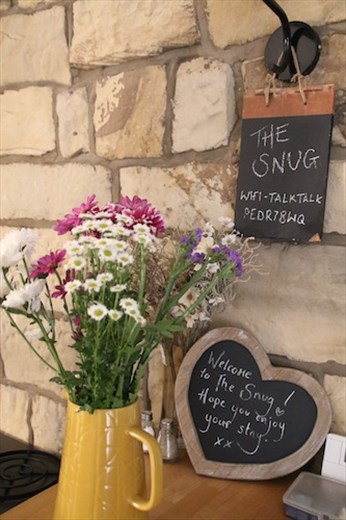
The Snug, our home in Barrowford

There's nothing like a cozy fire on a cold evening
Chris and Rose are fairly unique in the UK in that they actually travel around their own country. We let them take over planning our time together and I was more than happy to hand over the driving to Chris. We began close to home with the Queen Street Mill Textile Museum in Harle Skye, one of more than 130 steam-powered cotton mills that once blackened the skies around Nelson and provided well-paying jobs for both men and women until the 1960s. Chris, who used to work in one—not on a loom but in the office—thought we would enjoy the visit.
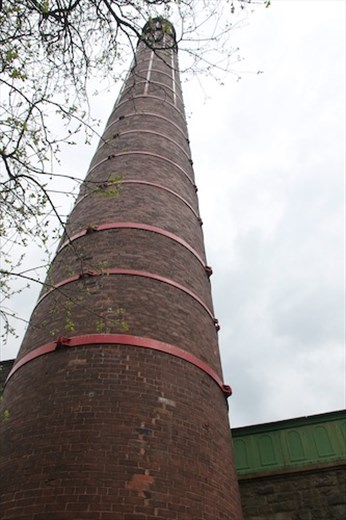
Imagine hundreds and thousands belching smoke

"Peace" the engine that powered Queen Street
And he was right! The coal fired boilers were kept burning continuously, producing steam to run the two steam engines. The engines, only “Peace” remains, turned the shafts which ran the belts that meshed the gears of the thread-sizing and bobbin-winding machines and, most important, some 300 “flying-shuttle” looms that churned out calico fabric!
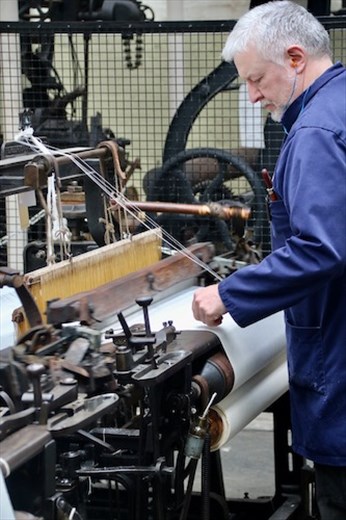
Making calico is dangerous work
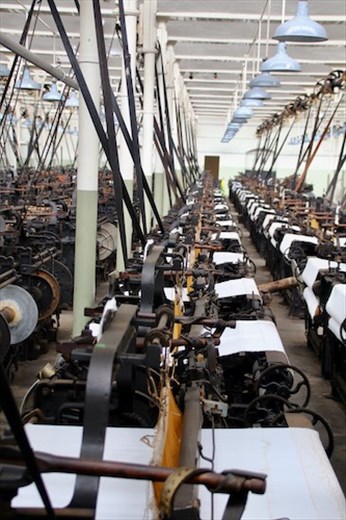
One person could handle up to eight machines
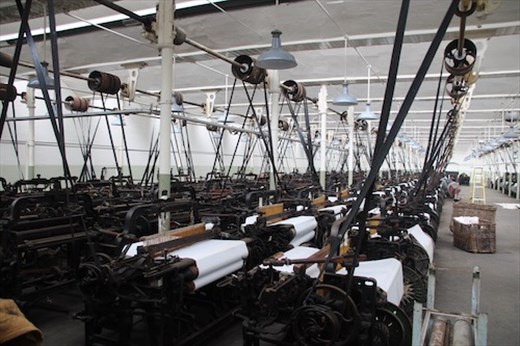
Queen Street had 300 looms, most were operated by women
As we watched a docent operate a single loom we tried to imagine the noise from the swooshing belts and 300 clicking and clacking machines and what is was like for a woman to manage six or eight such machines for up to 12 hours. And in 1860 there were 2650 cotton mills like Queen Street in Lancashire County alone, employing 440,000 workers, mostly women. The mills were a place where women could earn as much as men but not everyone was lucky enough to get a job—you had to be at least 9-years old!